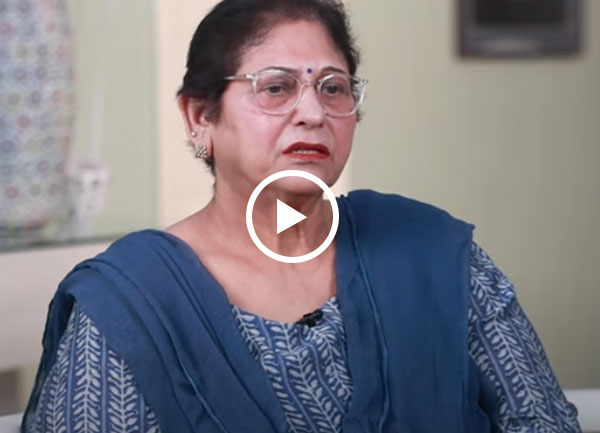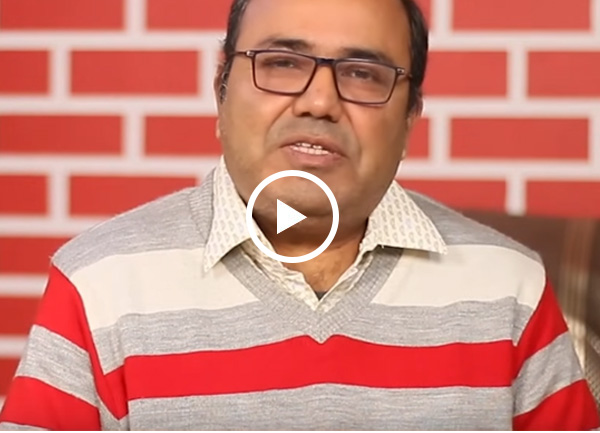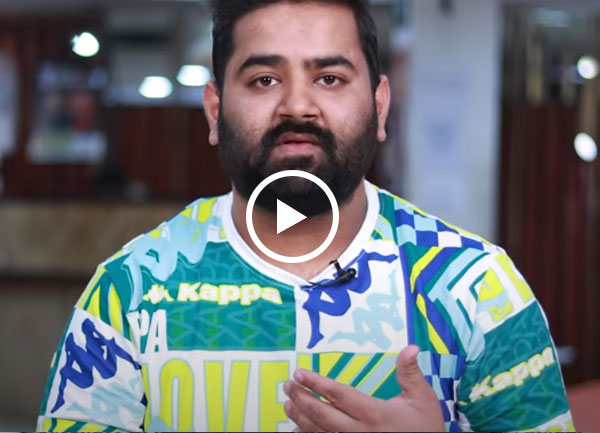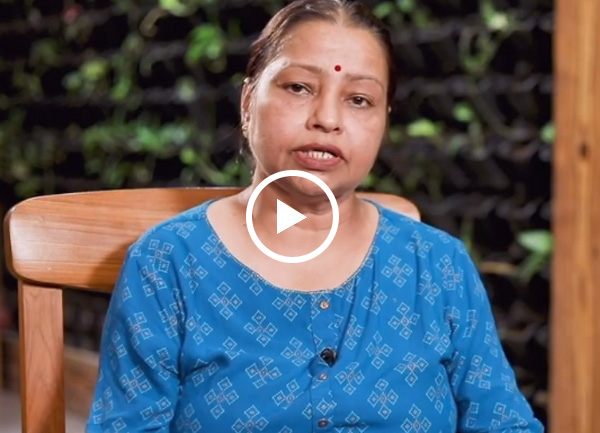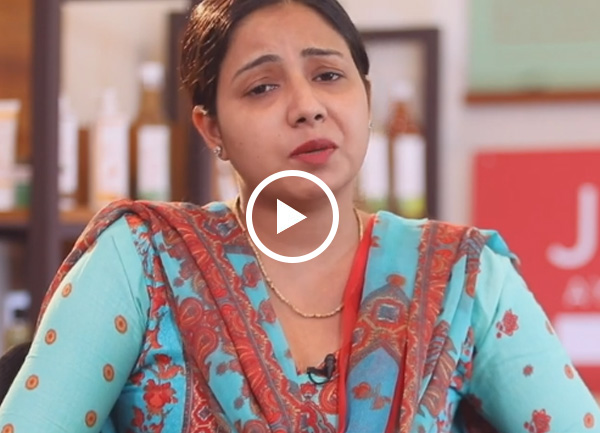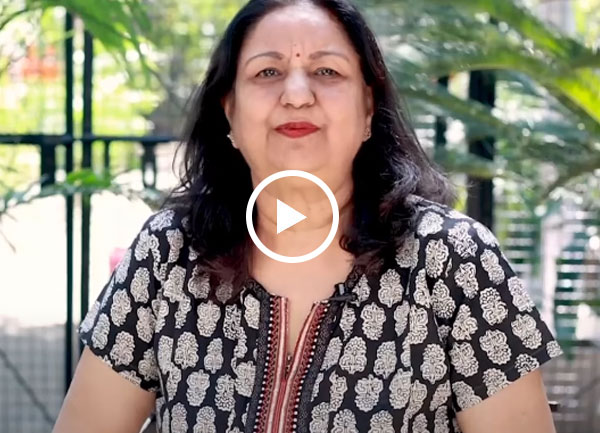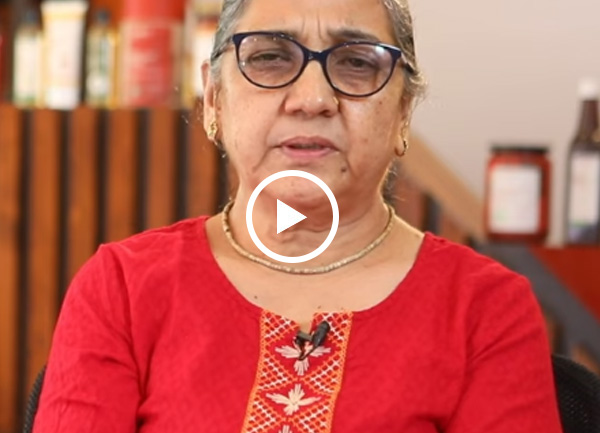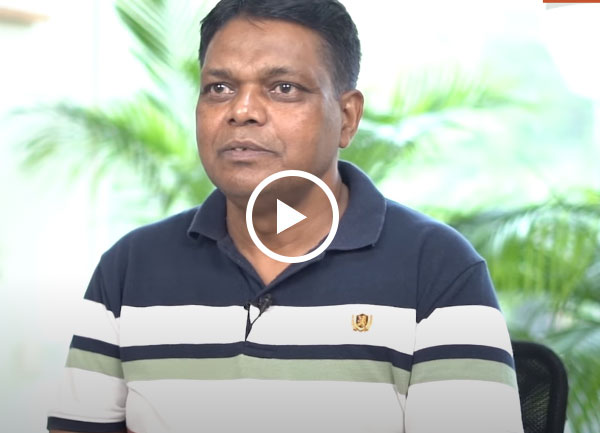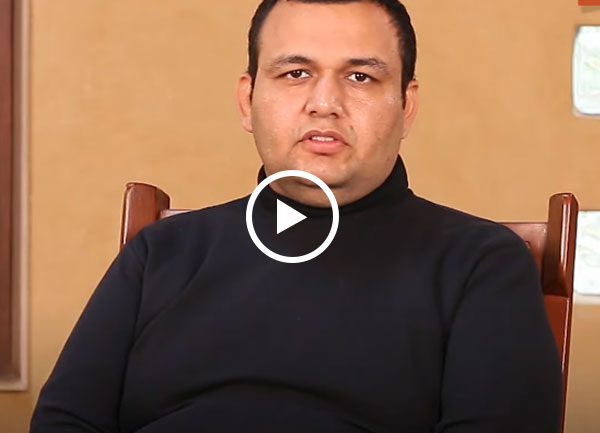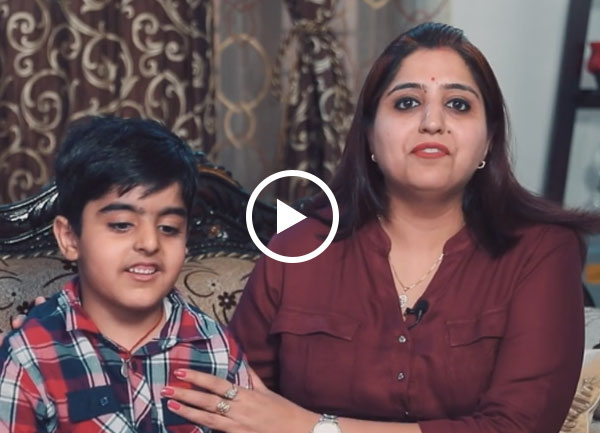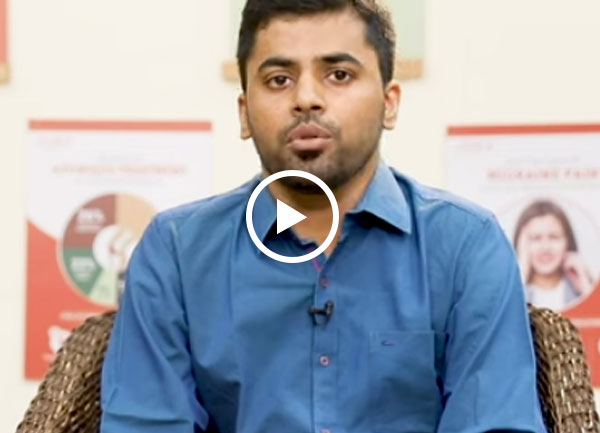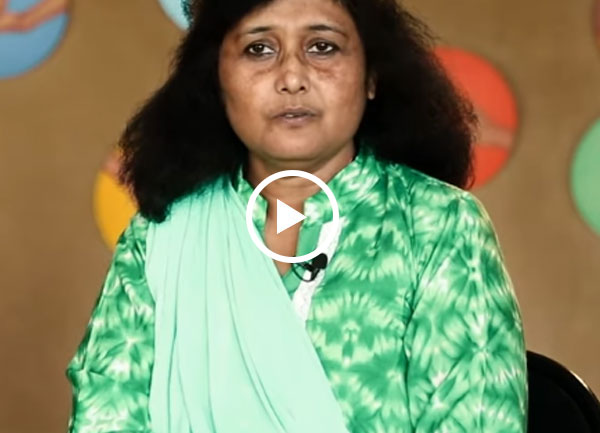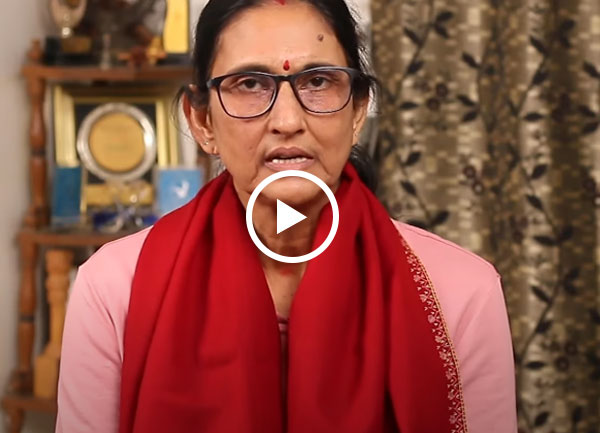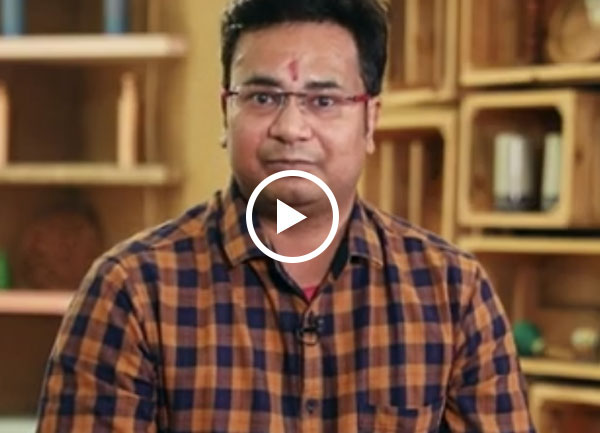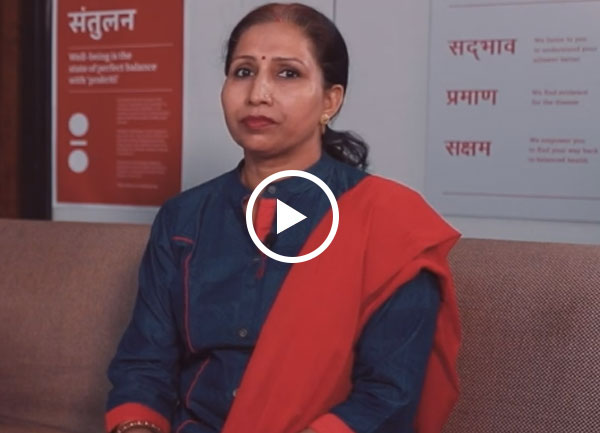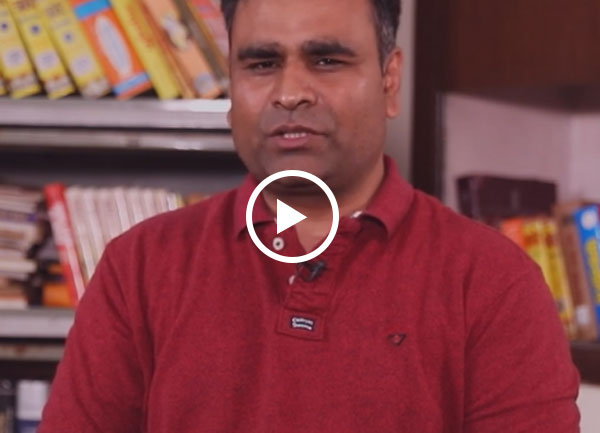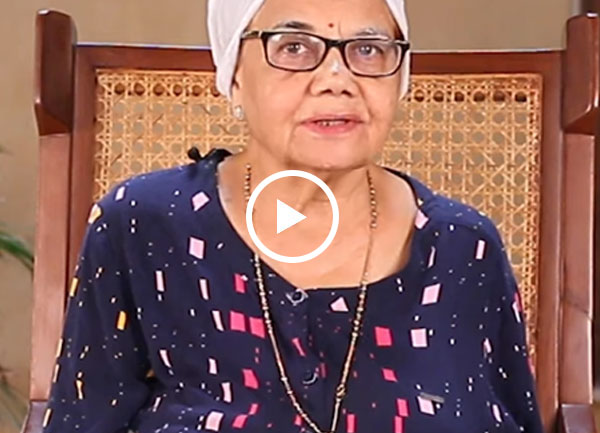Bill Gate began his foray into computers when he was in his early teens, Sachin Tendulkar woke up at 4:00 AM every morning to practise when all of his friends were still asleep. There are millions of parents who have high aspirations for their kids – they want their children to reach the pinnacle of success. But why is that not everyone manages to achieve their lofty goals? While some might believe that they were not born with the qualities of a champion, the greater likelihood is that they are not practising enough or not practising the right way. To achieve that, you need to get your child into the learning zone.
Get your kids into the ‘Learning Zone’
To learn effectively, your children need an environment that is conducive to learning. They must also be in the right frame of mind to learn. This place is known as the Learning Zone – a physical and mental space where learning can happen.
Physical Learning Zone
The physical learning zone refers to the physical place or places where your children study. This could be the bedroom, the living room, the study room or even the dining room. The place does not matter as long your child can concentrate and stay away from distractions. Here are five tips to choose the right Physical Learning Zone for your child:
-
The space should be well lit.
-
There should be a flow of fresh air.
-
Make sure it is not too hot or too cold.
-
Provide a bottle of water close at hand.
-
Ensure that there are no distractions (TVs, crying babies, guests etc.)
If it is not possible to find a place that meets all of these criteria, then you can allot your child to study at any location as long as there are no distractions.
Mental Learning Zone
The Mental Learning Zone is a state of mind, where your children have the right amount of stress (good stress) and where learning levels are at their highest. There should be no unnecessary distractions to take them away from their primary concern which is to study. In order to get your child in the right mental learning zone, ensure that:
-
They are not overstressed
-
They are not demotivated
-
If they are under stress, help them identify the cause and remove it
Study Sessions and Breaks
When it comes to study time, children often sit for long hours at the study table with the hope that they will learn a lot, but the fact is that children have short attention spans. So a child might sit down for 2 hours at the study table and concentrate only for 20 minutes while wasting the remaining 1 hour and 30 minutes. It is important that your kids take breaks between study sessions. This helps them assimilate the new information they take learned. Breaks help the new information to become embedded in the child’s neural network. Here are a few tips to help your child increase concentration at studies:
-
Eliminate all possible sources of distraction
-
Teach your child to sit in a comfortable position. If they feel tired, ask them to gently rotate their head and stretch their arms over their head.
-
Deep breathing for 30 seconds will help in getting rid of the stress and concentrate on the task at hand
-
Remind your child of the primary goal which is to study and learn something new
Revise, Revise & Revise
A critical part of learning process is revision. If you are painting a home, you will need to put multiple coats of the paint to keep the shine and colour intact for years to come, similarly when your child revises over and over again, the information becomes deeply ingrained. Children usually forget 80% of newly studied material within 24 hours. Hence, it is important to dedicate 50% of their time to revise. Here are some tips to revise smartly:
-
Read out the content loud while reading
-
Make a set of cards with simple paper and write down the key points of each topic. Quiz your child with these cards.
-
Use hand movements, jingles or figurines to represent the study idea. Using images and figures to learn helps the brain to capture the ideas better. Those who achieve greatness in their careers and their chosen field are people who give their 100% and not just go through the motions of learning half-heartedly. Learning needs sincere efforts and commitment, this is also known as Sadhana in Vedic terms.




 Jan 21, 2020
Jan 21, 2020
 Prev
Prev










